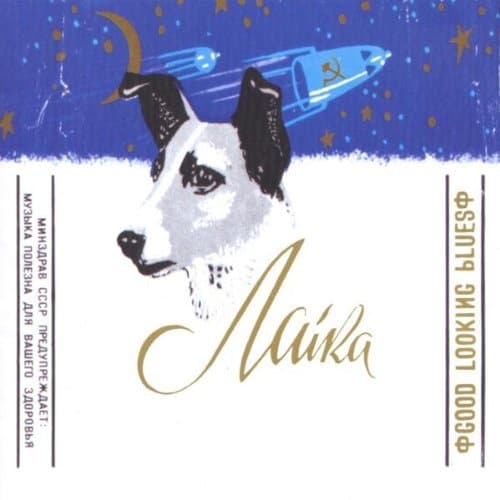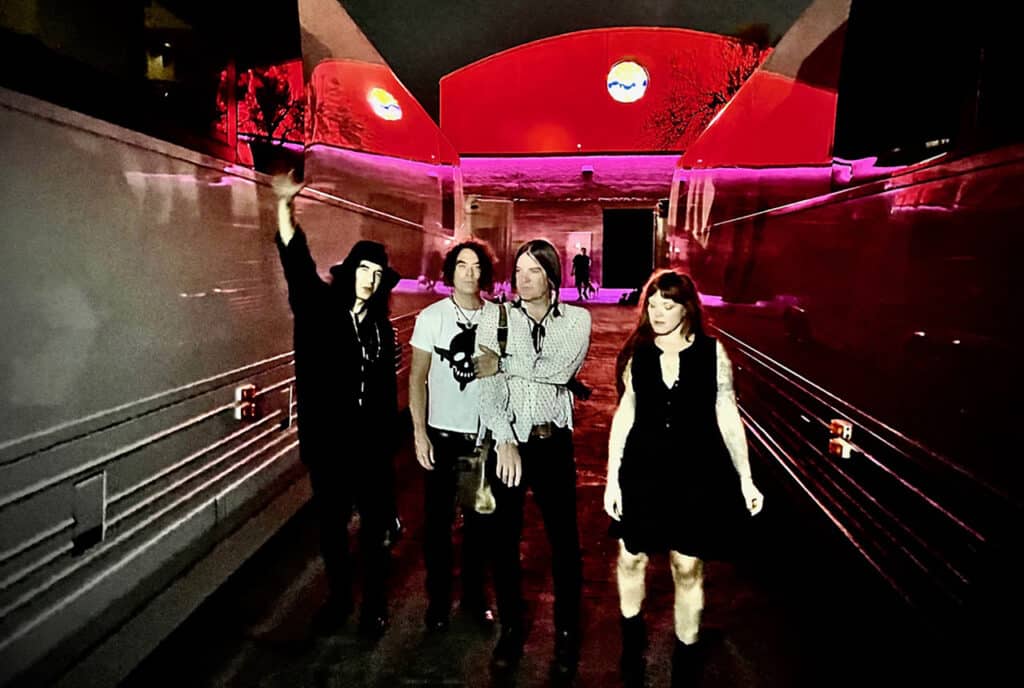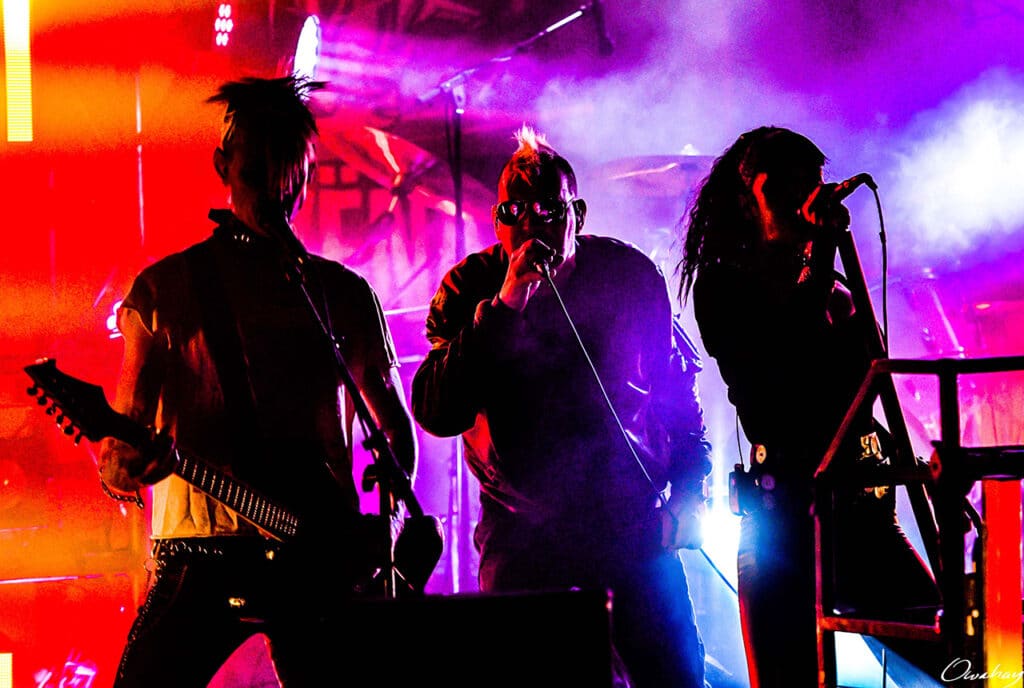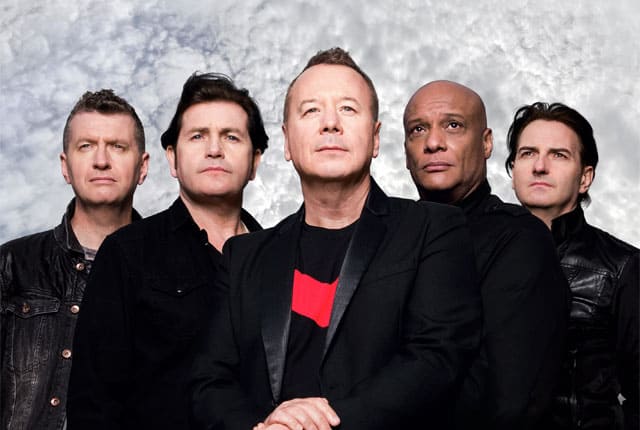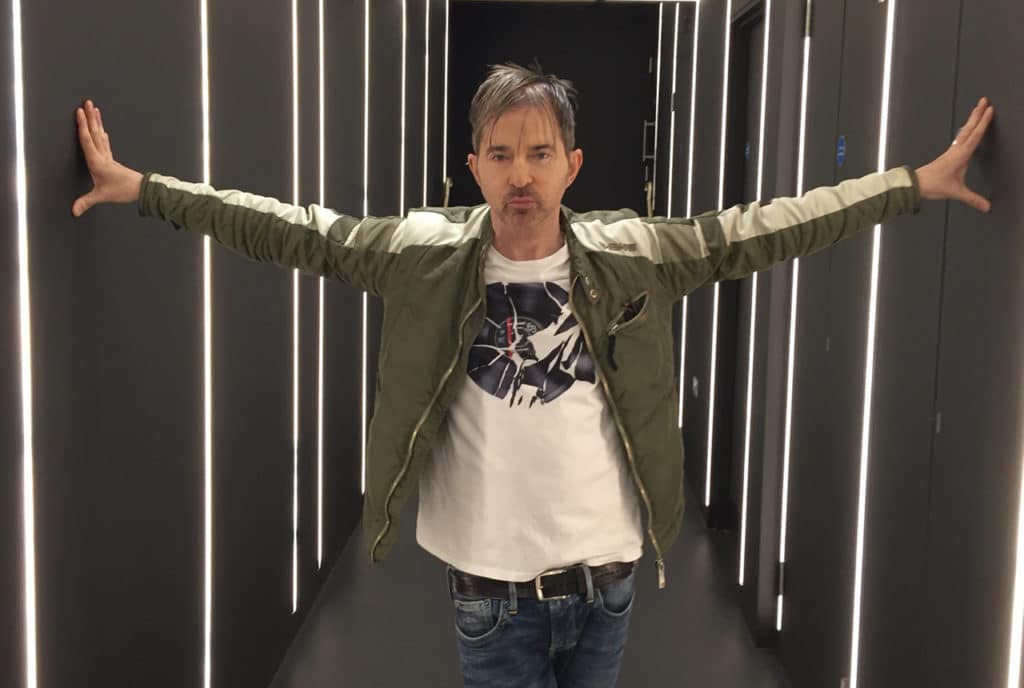Taking their name from the first dog in space, British duo Laika have a warm, dreamy sound that brings together a wide variety of styles. Sometimes eerie synth sounds share the spotlight with crisp live percussion and sparkling melodies.
The group came together in August 1993, after Margaret Fiedler parted company with Moonshake (“It wasn’t really my choice, I was asked to leave the band,” she explains.) Moonshake bassist John Frenett said that he would join Margaret on whatever she did next. She decided to start collaborating with Guy Fixsen, who had been working with the band as the house engineer in the studio Moonshake made their first album in.
“Rather than writing songs seperately, which was the way we did in Moonshake, we were going to write songs together,” explains Margaret, on the concept behind Laika. “Guy had a lot of ideas from production that couldn’t be hoisted on other bands. It has to be your record.”
“Well, you can,” interrupts Guy.
“There are a lot of producers who do that kind of stuff,” added Margaret, “make their own records with the band there in name only.”
Laika’s lineup is rounded out by percussionist Lou Ciccotelli and drummer Philippe d’Armonville, but the creative core still remains Margaret and Guy.
“They’ve all got their own other bands where they are the songwriter,” Margaret says. ” I don’t really think democracy works in music. I think you do have to have in each band one or, at the most, two people who are really kind of like… it’s their concept … because otherwise I think it ends up getting really watered down. It needs focus. That’s not a problem, because everybody in the band has their own band.”
“Sound of the Satellites” is the most recent Laika album, the follow-up to 1995’s “Silver Apples on the Moon.” Though it was only recently released in America, it came out in England over a year ago. The band members don’t really mind the delay, as it allows them to really spend the time promoting it in different parts of the world. Laika toured America with Fiona Apple this past winter and plans on returning soon on their own. They’ve been writing but so far are not doing any new material live.
“I like the fact that I don’t have a normal lifestyle,” says Margaret, on life as a member of Laika. “I think I’d get bored.”
“It’s very all or nothing,” explains Guy. “We’re either in a sort of little bubble at home, where we hardly go out at all. We go out to get groceries maybe, go out to get beer occasionally and basically stay in and make music. And the other phase is the touring, where we’re constantly on the go.”
“We to go out to dinner a lot,” Margaret adds. “That’s the best part. On tour, you do it every day and don’t have to pay for it.”
On Music
What’s your approach to song writing?
Margaret: “We write kind of upside-down. Most people write with from a set of chords down, with rhythm left for last. Bass and drums are really an afterthought to the song. It’s not exactly the opposite, as I wouldn’t make the songs an afterthought to the rhythm section, not by any means, but we definitely think about the drums and bass first and foremost.”
Guy: “We just kind of build stuff up. What we tend to add is usually organic stuff, played instruments rather than always looped stuff. It turns into some sprawling mess that we edit and turn into a song.”
What are your live shows like?
Margaret: “It’s just a completely different discipline, playing live. And it’s stupid to try and do the same thing that you do on record on stage. I think a lot of people feel they have to and end up going out there with half the record on a tape, which is the last thing we want to do. Everything we do live is live. There’s five people, with drums, bass percussion. I play a lot more guitar live than I do on record. And then Guy has all the samples laid out the keyboard and can do what he wants. We can change song structures, you know, whatever, like a normal, proper live band. Its pretty important to us to try to play live and learn from it. I’m really bored with guitars on record. That’s why we don’t put a lot of it on the record. But I think live, it still really works, it’s very physical and works very well in the live context. Whatever works, really.”
How prolific are you in the studio? Do you usually just write an album’s worth of material, or do you have a lot of material to go through in order to decide what makes it on?
Guy: “In a way, pretty much everything we finish we release. That’s for sure.”
Margaret: “We only finish stuff we like. If we stop liking it, we stop working on it and it never is finished.” Guy: “We tend to write more music, and the only reason bits of music fall by the wayside is because they fail to inspire lyrics. That’s what it comes down to.”
It’s often hard to tell what is electronic and what is played, as it all fits together so well. What type of studio setup do you use?
Margaret: “We really have very little equipment. We’ve got some guitars and basses. We’ve got a pro-tools hard-disk recording system and that’s just the same as sort of a word processor is to a piece of paper. Its just a different way of recording. It’s still essentially the same thing. Some people think that because you do your stuff on hard disk that it’s all got to be looped. It’s just tapeless recording. Then we’ve got an Akai 3200 sampler, which is great because it’s pretty versatile. It’s got a lot of filters. And we’ve got a Mini Moog. That’s how we like to work, a little bit of the old and a little bit of the new. Not really concentrating on either too much, just doing what works well.”
Guy: “I think having access to a commercial studio for some of it is one of the things that puts the warmth and organic element into our music. I don’t think we’d be nearly as happy with it if we didn’t.”
Margaret: “We do as much as we can at home, because that does mean we can go spend a couple of weeks in the studio. We spent about 18 days in the studio for the album. It was a cheap album to make.” (About $9,000, according to Guy).
On the name Laika
“I don’t know, it just sort of fit,” explains Margaret, about the band name. “We couldn’t really find a name. We were in a shop and they had those little books — what happened on this day in whatever year. We were just kind of flipping through it, and it was Nov. 3, which was the day Laika went up in the little space ship in 1957.
“So we were looking through this book and it said ‘Laika, the first living being in space’ and we thought, ‘Oh that’s a really nice image.’ It kind of works on a couple of levels for us. I mean, there’s sort of a naive image of this sort of Star Trek, going off to ‘where nobody’s been before’ – type of thing. But there’s also the other side. We don’t believe in animal experimentation, and that’s a pretty bad experiment. They were too scared to go, so they sent this little dog up there. They knew that they couldn’t get her back.
“Later, they sent dogs up and returned them to Earth, and they were fine. But Laika, they only knew how to get her up. So she had enough food and air for a week, and then she died. Sputnik II fell out of orbit after about three months, then it burned up in reentry, but she had died. It’s sad, really.”
